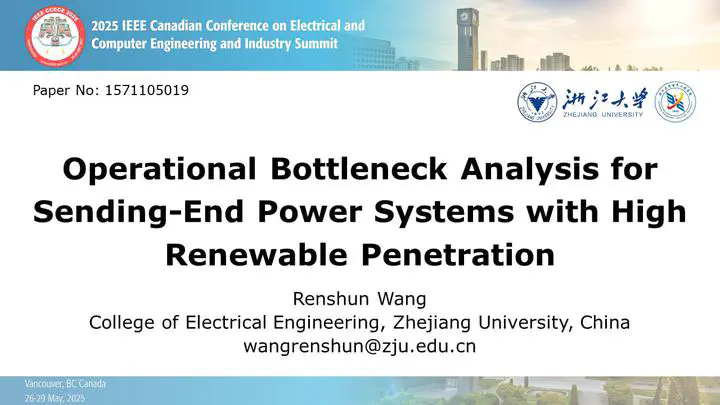摘要
With high proportion of renewable energy integration, challenges in power balance and renewable accommodation in sending-end power grids have become prominent, increasing the demand for flexible regulation resources. This work conducts a multi-dimensional operational bottleneck analysis for a sending-end power grid in Northwest China. Operational restriction indicators are introduced to quantitatively characterize multi-dimensional bottlenecks affecting power balance and system security. A bottleneck identification model is then developed, incorporating constraints such as power balance and spinning reserve capacity. Using current operational and long-term planning data, the identified bottleneck scenarios are categorized and analyzed based on restriction indicators. Sensitivity analysis examines the effects of wind-solar mix and demand response capacity on operational bottlenecks. The results indicate that renewable curtailment scenarios primarily occur during high power output periods, such as spring and autumn, while power supply shortages are concentrated in the heating season.





